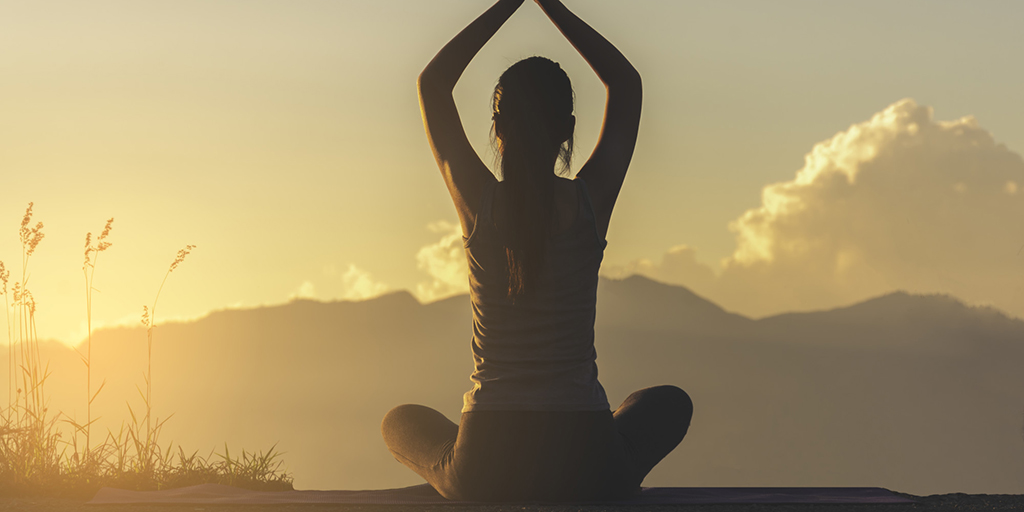
Did you know that more than 37 million people practice yoga in America?
While yoga has been having its time in the spotlight over the last few years, lots of people are still too intimidated to try it. They see photos and videos of yogis who’ve been practicing for years wrapped up like a twisted pretzel when they feel like they’ve been baked into an inflexible pretzel stick.
The truth is that anyone can start learning yoga and go at a pace that feels comfortable and safe. You don’t even need to stand to do yoga!
Keep reading to learn about five awesome seated yoga poses that are suitable for people of all ages and skill levels.
1. Staff Pose (Dandasana)
Staff Pose is always one of the nicest yoga poses for beginners because it teaches people how much they can accomplish when it looks like nothing is happening to an observer. The key to getting the most out of yoga is to pay attention to micro-movements that engage the body and mind in big ways.
To get into Staff Pose, you’ll sit flat on your yoga mat with your legs stretched out together in front of you. Try to straighten your back as much as you can while you place your hands flat on the ground next to your hips. If your arms can’t stay straight and engaged, it’s okay to touch with only your fingertips.
To deepen the pose, flex your feet up to work your leg muscles and suck your belly button in toward your spine. Keep your shoulders down away from your neck and make sure that your head stays in a neutral position to create spine alignment. Hold this position for several breaths so your body can reap the benefits of this exercise.
2. Seated Spinal Twist (Parivrtta Sukhasana)
Now that you’ve warmed up a bit and you’re in the right head space to do yoga, you can start to incorporate a little more movement into your yoga poses. The seated spinal twist will feel incredible if you’re someone who has a sedentary job.
If you’re moving from staff pose to a seated spinal twist, the first step is to lift one leg up, cross it over the other, and plant your foot flat on the ground. Raise the opposite arm from your crossed leg and plant your elbow region on your knee region. With this crossing, you can use your arm strength to gently push against your knee so you can start turning your upper body to stretch your back while your other arm is behind your hips to keep you balanced.
As you take deep breaths, see if you can get your body to twist a little bit deeper into this pose. Remember to keep your head up and lead the spine twist with your gaze. Once you’ve held the position for a few breaths, you can slowly recenter yourself and move to stretch the other side.
3. Seated Forward Fold (Paschimottanasana)
Once your back is nice and limber, it’s time to give your leg muscles some love. You can uncross your legs and stretch them out in front of you again for some deep stretching. You can get back into staff pose for a moment to ensure your legs are straight and engaged and your posture is strong.
From there, you can lift your arms and work your way down to grab your feet. People who are new to yoga and not too flexible yet may only be able to rest their hands on their knees or shins, which is perfectly fine. Others who can go deeper like to grasp their big toes with their pointer fingers or cusp their arches.
You’ll probably feel the most tension in your hamstrings and calves, but you’ll also work out your glutes and back muscles as well. Instead of hurting yourself by pushing too far as you get into this pose, see if you can fold forward a tiny bit deeper after each breath.
You can also do the seated head-to-knee pose (Janusirsasana), which involves stretching only one leg at a time to make the seated forward fold feel easier.
4. Butterfly Pose (Baddha Konasana)
The butterfly pose has a few different names, but this one is easiest to remember since your legs look like butterfly wings when you’re seated. This pose is phenomenal for opening up your hips and giving your inner thighs a good stretch. As you practice more, you can dive deeper into this pose and increase your flexibility.
When you’re sitting on your mat, tuck your legs in so you can bring both heels of your feet together. Your legs will be up in the air, and you can flap them up and down to get the feel of the butterfly pose. Once you’re ready, try to push your legs down as much as you can, with the end goal being to get your knees flat on the ground. It’s ok if that doesn’t happen when you first try. Yoga is a practice – keep at it.
From there, you can bend your upper body down to the floor to deepen the stretch. You’re in control of your leg and upper body positions so you don’t hurt yourself.
5. Boat Pose (Navasana)
Are you ready to fire up your abs? Boat pose is one of the best yoga poses that will make you break a sweat without having to move much.
You can return to Staff pose to get in a proper position. After this, raise your arms out in front of you like a zombie, but flip your hands so your palms face out. The next step is to lift your legs off the ground and keep them locked together like you have a mermaid tail.
You can roll your body down a little to create more tension in your abs. Your legs and upper body should be locked into a wide “V” shape. Hold it for several breaths.
How Do You Feel After Trying These Seated Yoga Poses
For each of the above poses, we recommend holding them for about 4 to 10 deep breaths. Beginners will go with 4 breaths, while more experienced yogis will try to go for 10. Remember, ego is not helpful in yoga, so do keep the following in mind:
- If you cannot take a very deep breath, you’re probably pushing yourself too far in your pose. The healthy edge (or limit) is when you feel a stretch while still able to take a deep breath in and out.
- If you’re practicing with other people, make an effort to focus on your own body and abilities and not theirs. All bodies are different, not better or worse.
- If a pose doesn’t feel good or feels painful – DO NOT DO IT. Yoga poses should cause a bit of stretchy discomfort that feels relaxing once you get out of the pose.
As you can see, there are plenty of seated yoga poses that can give you a fantastic workout. Once you master these poses, you can start incorporating more seated poses into your routine.
There’s nothing better than getting customized yoga tips from a real yoga instructor. If you’re passionate about improving your physical and mental health, Yoga Beyond the Studio would love to help.
Book a private session with us so you can transform your wellness. Private yoga classes are designed around your needs, goals, and schedule.


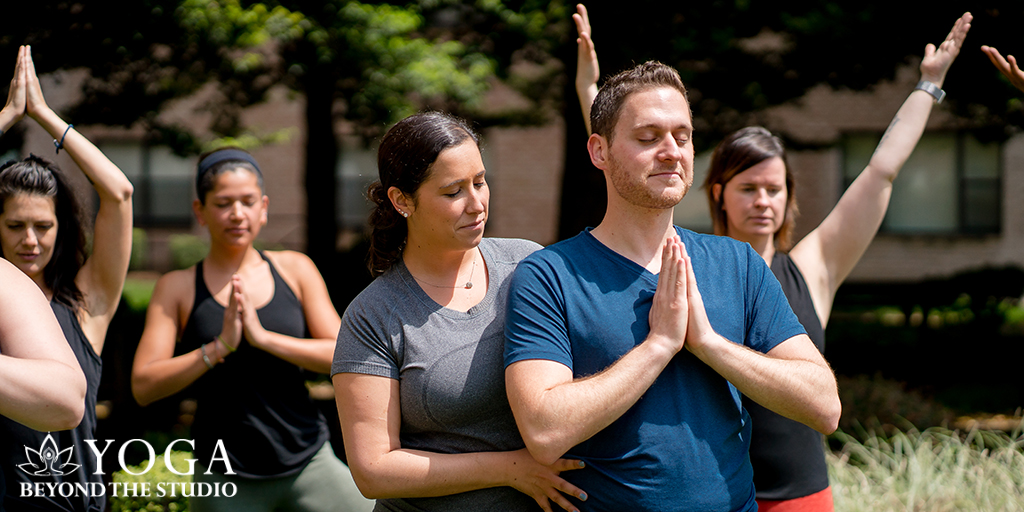
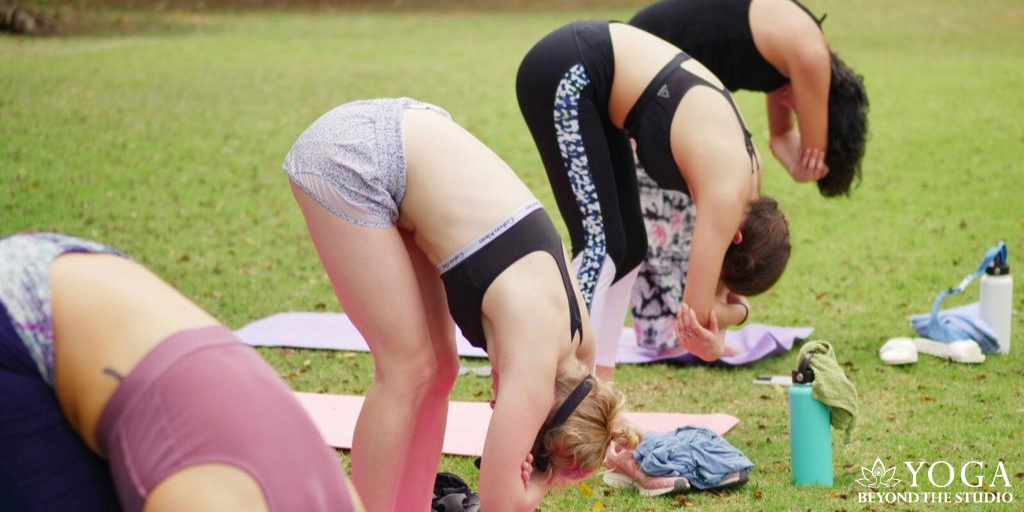
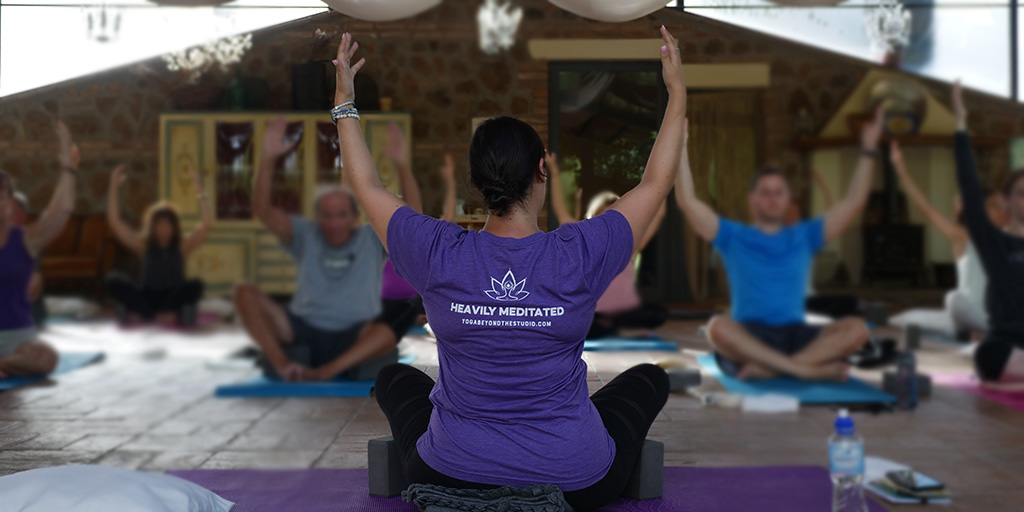
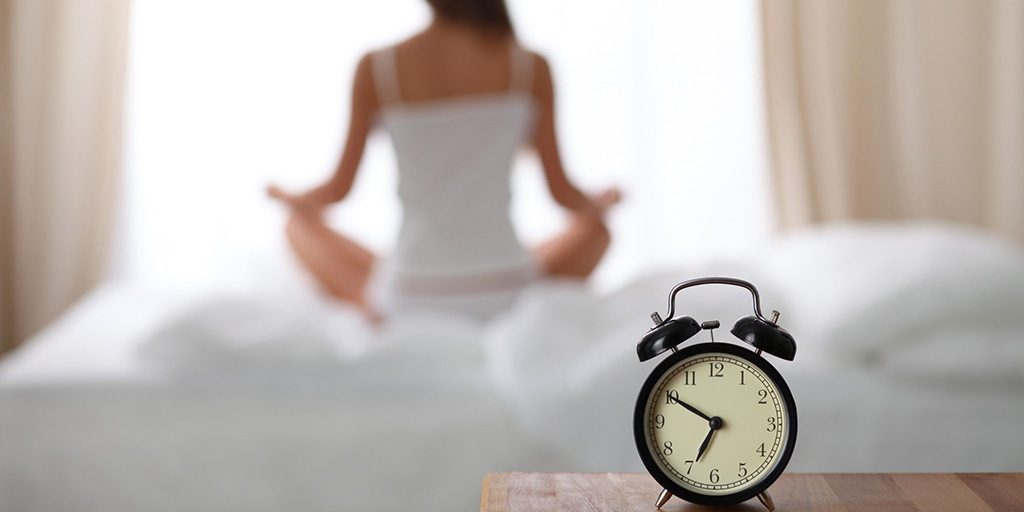
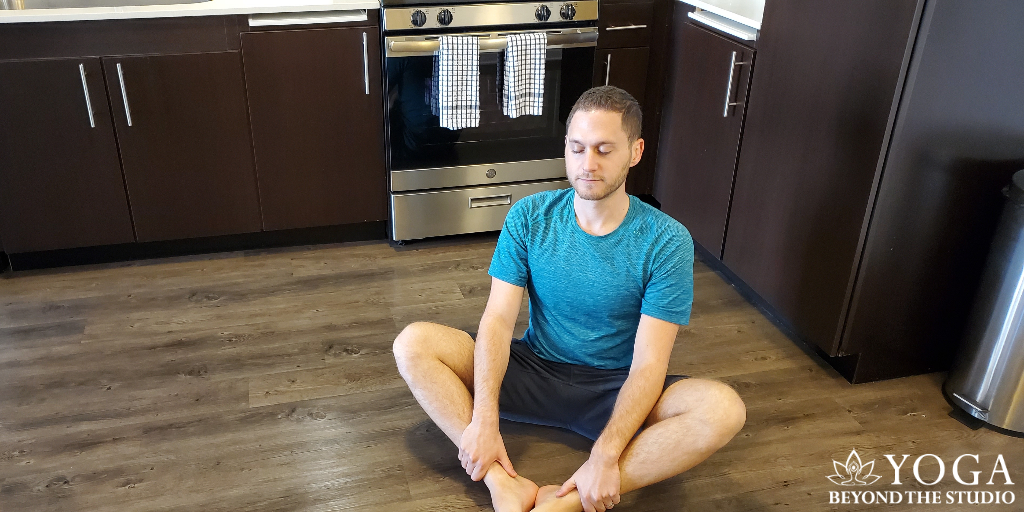
Comments